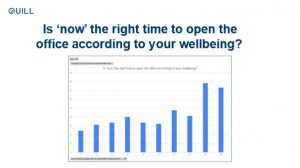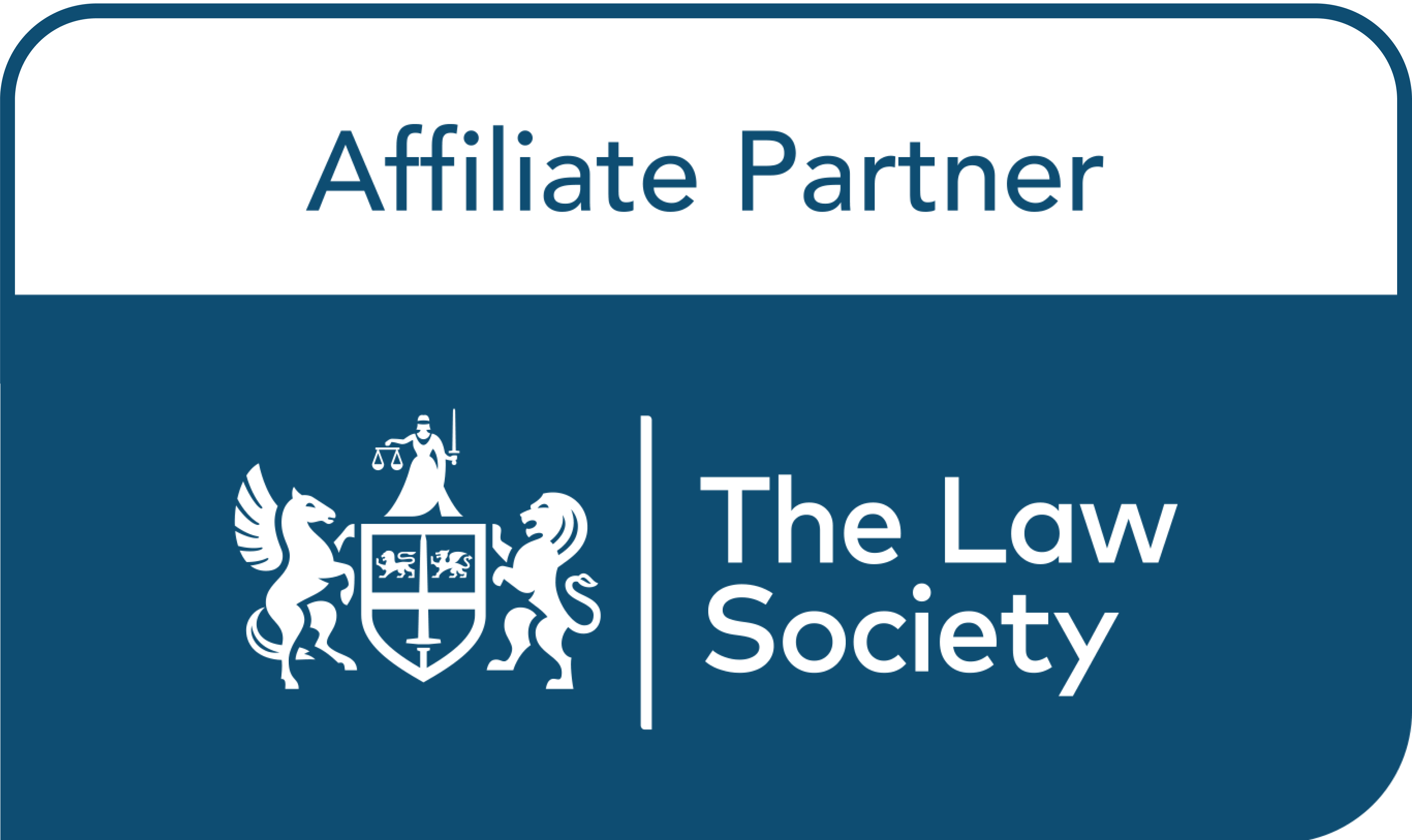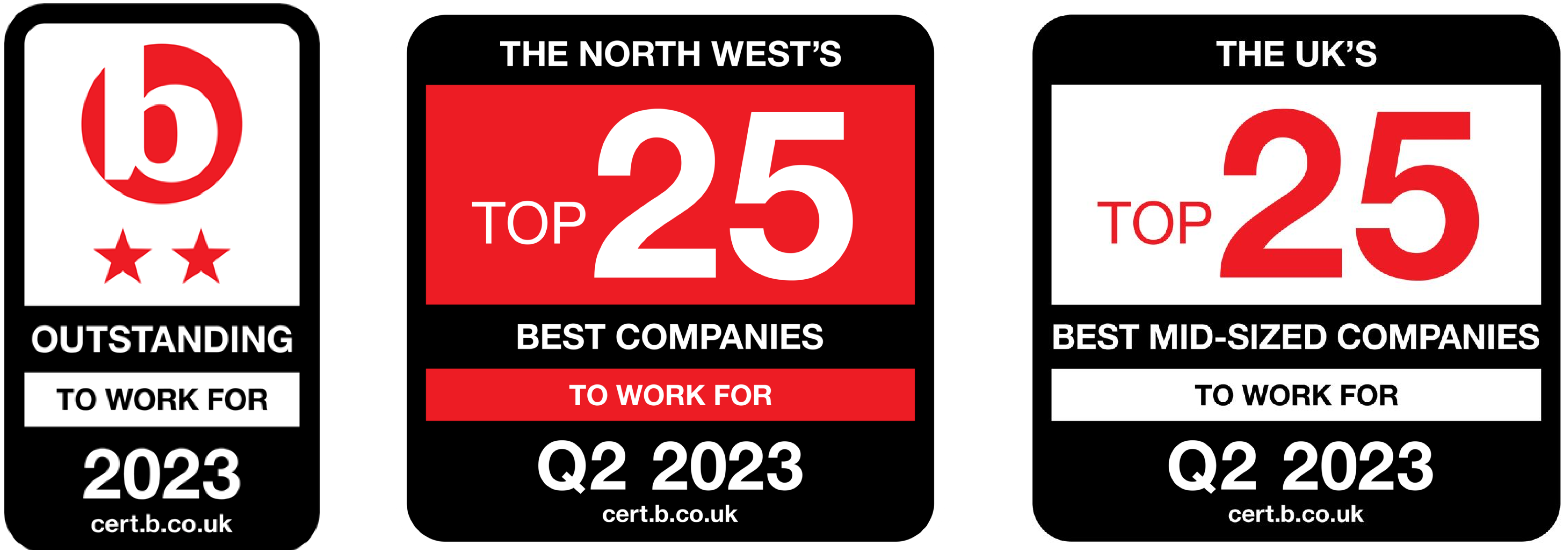Growing up in a farming family on a farm in Dorset, my father used to say to me, “make hay while the sun shines, young man”. The meaning of this well-used phrase is clear: take the opportunity to get the job done while you have the chance. Don’t delay. Otherwise, the crop will ruin.
As the managing director of a Manchester-headquartered legal software and outsourced cashiering service business, and living in Worcestershire, you could say I’ve strayed a long way from my rural roots. In truth, what I learnt during my upbringing has served me well throughout my working life and the “make hay” adage is something I still believe in today.
The caveat to my father’s advice is around wellbeing; a subject that’s been projected further into the spotlight during the pandemic. While our sector moved wholesale to a home-working set-up, we all began to grapple with shifting boundaries. Where does work start and home end, and vice versa? As such, a raft of new mental health challenges was introduced onto the scene.
This brings me onto Quill.
As a £7 million business delivering practice management software to 9,000 users, processing 5 million accounting transactions annually on behalf of our Pinpoint outsourced cashiering service users and paying over 6,000 payslips for users of our Bacs-approved payroll outsourcing service, the “make hay” analogy most definitely applies.
But how do we know that our employees are working hard enough to manage this workload, but not too hard at the expense of their wellbeing And how can we help them cope with the seasonal pressure ‘when the sun shines’ (eg end of SDLT holiday)?
Our staff’s wellbeing means everything to us – even our strapline is ‘accountable to you’ and this extends to our workforce just as much as other stakeholder groups. We show we care with an extensive array of activities and resources from gift bags in the post and regular ‘news, views, eats’ company updates to mental health first aiders and WhatsApp group for informally chatting.
Last week, I spoke at the ICAEW Solicitors Conference on ‘Turning the tide: how to take a data-driven approach to employee wellbeing’. I shared how we’ve supported our employees and what data we used to bring real-life issues and concerns to light during the pandemic. It was a different topic from what I’d normally talk about – but one I’m most passionate about.
It’s a free-to-download benchmarking report based on an anonymised dataset of Quill software users, comprising some 7% of all law firms across England, Wales and Scotland.
Tracking marketplace activity and forecasting economic recovery with Quilldex helped us gain insights into overload and outside-of-hours working on a department-by-department basis – especially valuable during the pandemic.
Some things we learned:
- When looking at our employees, we identified discrepancies between transactions and capacity. We recognised that we may need to “make hay” but we still needed to manage workloads and tasks in other areas, otherwise wellbeing would suffer.
- When looking at the workloads of our clients, we were able to gauge overload and outside-of-hours working on a department-by-department basis and help us understand which areas of law were the most strained. However, it begs the question as to what tools employers use to objectively understand the hours staff are working. Tools that monitor email activity or document upload activity can help in this regard.
- Using Quilldex as a representative sample of the legal industry helped us truly benchmark current performance and better predict the future. For instance, one year ago, the sector appeared to be bouncing back to an average of 19% more cases than pre-Covid levels, buoyed by family law (25%), private client law (36%), conveyancing (49%) and employment law (49%).
Matter openings by case type:
March – August 2021
Transactions by case type
March-August 2021
Trends in transaction volume
January 2020 to August 2021
What we learned was invaluable: if this is what we were experiencing, so were other law firms.
It helped us to understand the pressures employees were under and address what needed to be fixed, so we could maintain wellbeing, boost productivity and recover from the long-lasting impact of the pandemic. It’s well worth the effort – happier staff are more productive and you’ll retain them for longer.















